Persian art modern miniature
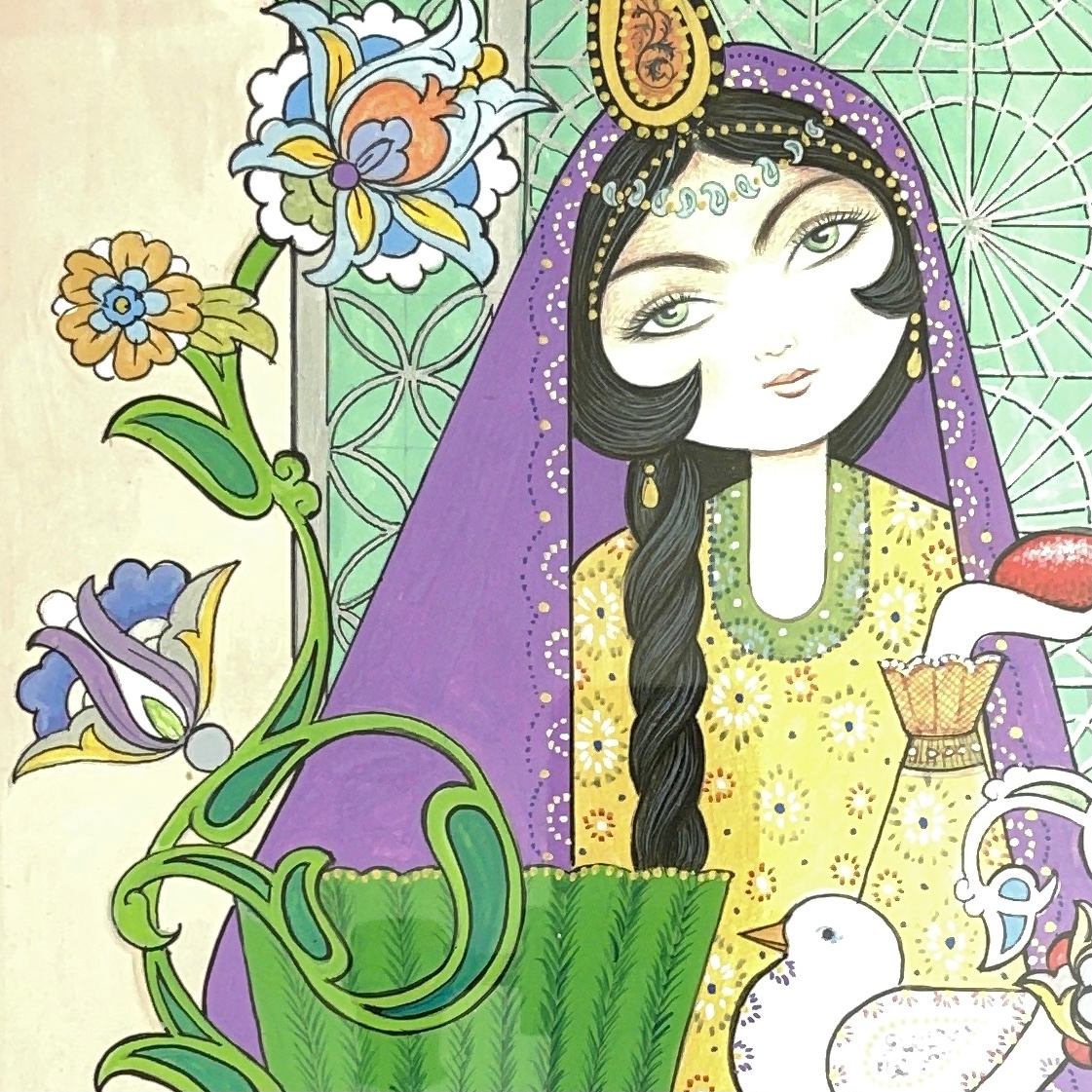
- Persis Collection
- 27 April 2018
- Blog
- 2 minutes
This unique artwork is a contemporary interpretation of traditional Persian miniature painting. Showcasing a graceful Persian woman in vibrant attire, surrounded by flowers, a dove, and symbolic elements, the scene evokes the timeless beauty of Iranian culture and storytelling. The fine lines, colorful palette, and traditional window pattern reflect the essence of Persian art with a modern twist.
Perfect for lovers of Persian home décor, cultural art collectors, or anyone looking to add a touch of Iranian elegance to their space. This framed piece makes a meaningful gift or a statement addition to any wall.
Persian Art
Persian art has one of the richest art heritages in world history and has been strong in many media.
including architecture, painting, weaving, pottery, calligraphy, metalworking and sculpture. Influences from neighboring civilizations have been important to Persian art at different times. In later periods, art both influenced and was influenced by the broader styles of Islamic art. This article covers the art of Persia up to 1925, marking the end of the Qajar dynasty. Rock art in Iran is its most ancient surviving art. Iranian architecture is covered in that article.
From the Achaemenid Empire of 550 BC–330 BC for most of the time a large Iranian-speaking state has ruled over areas similar to the modern boundaries of Iran. often much wider areas sometimes called Greater Iran, where a process of cultural Persianization left enduring results even when rulership separated. The courts of successive dynasties have generally led the style of Persian art. Court-sponsored art has left many of the most impressive survivals.
Persian/Iranian art continued to place a larger emphasis on figures than Islamic art from other areas. The general Islamic style of dense decoration, geometrically laid out, developed in Persia into a supremely elegant and harmonious style. Combining motifs derived from plants with Chinese motifs such as the cloud-band, and often animals. Under the Safavid dynasty in the 16th century, this style was used across a wide variety of media and diffused from the court artists of the shah, most being mainly painters.







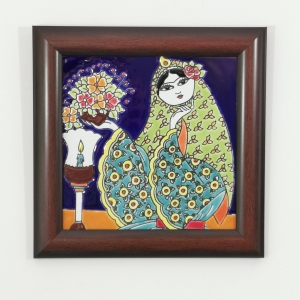

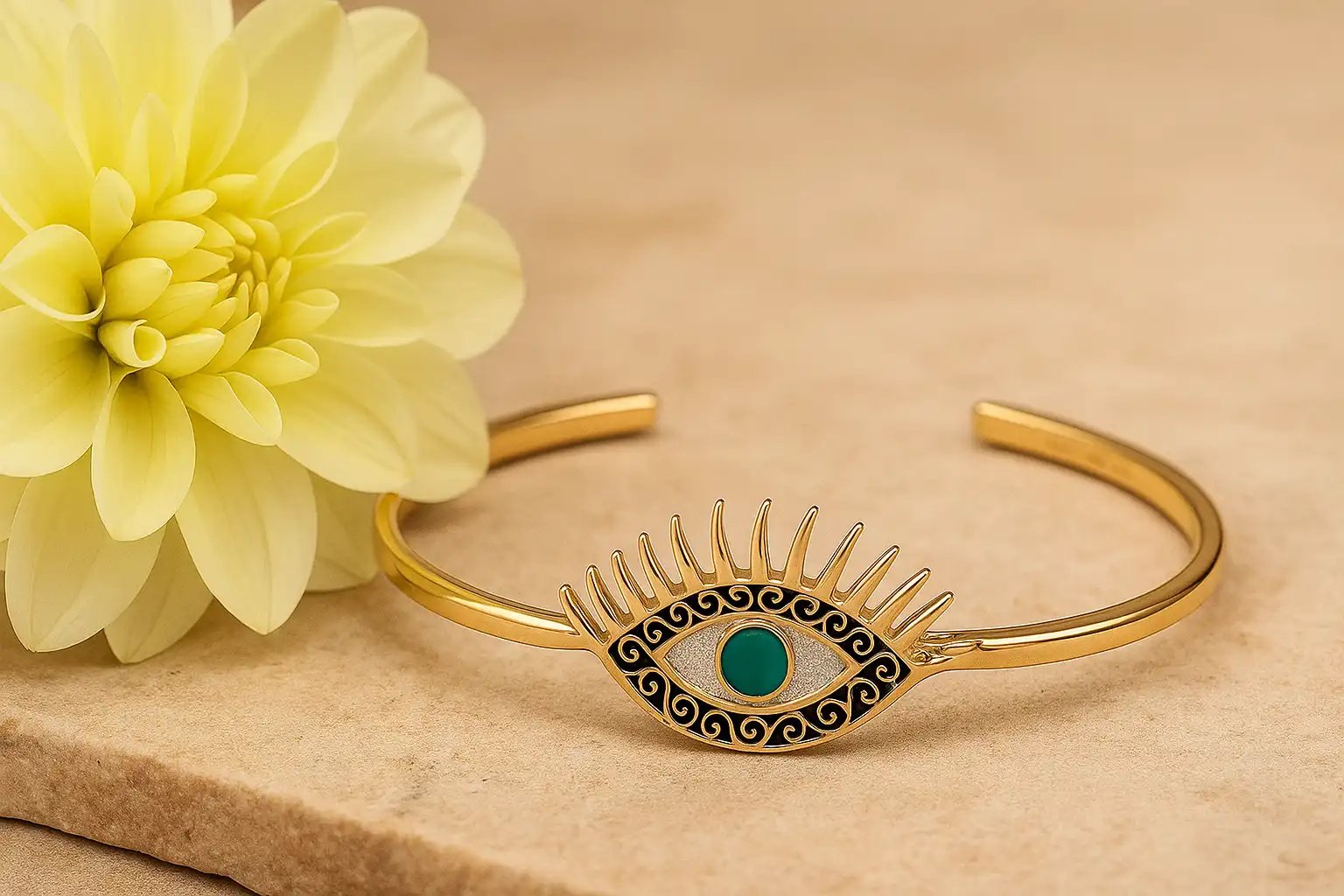
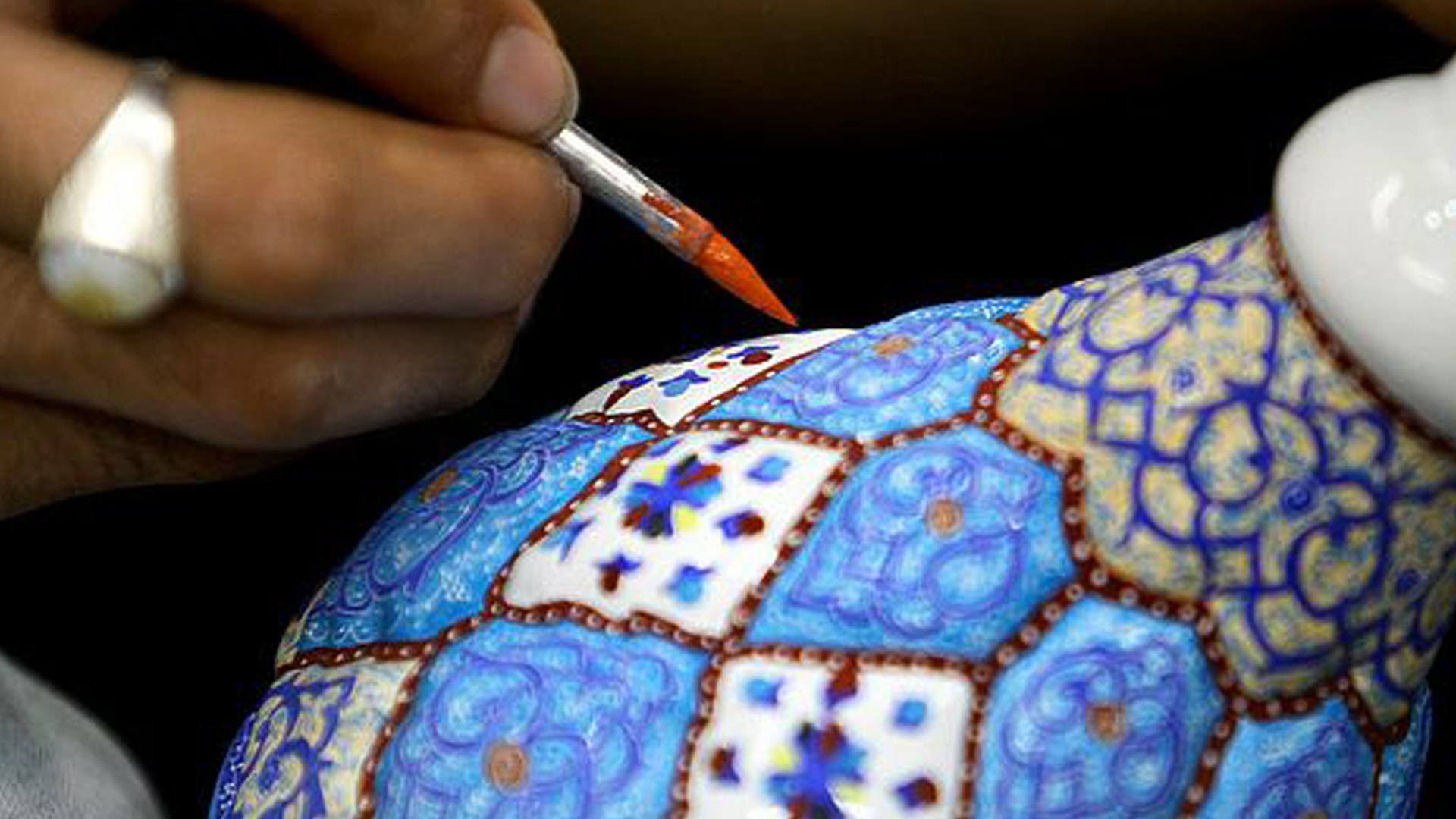
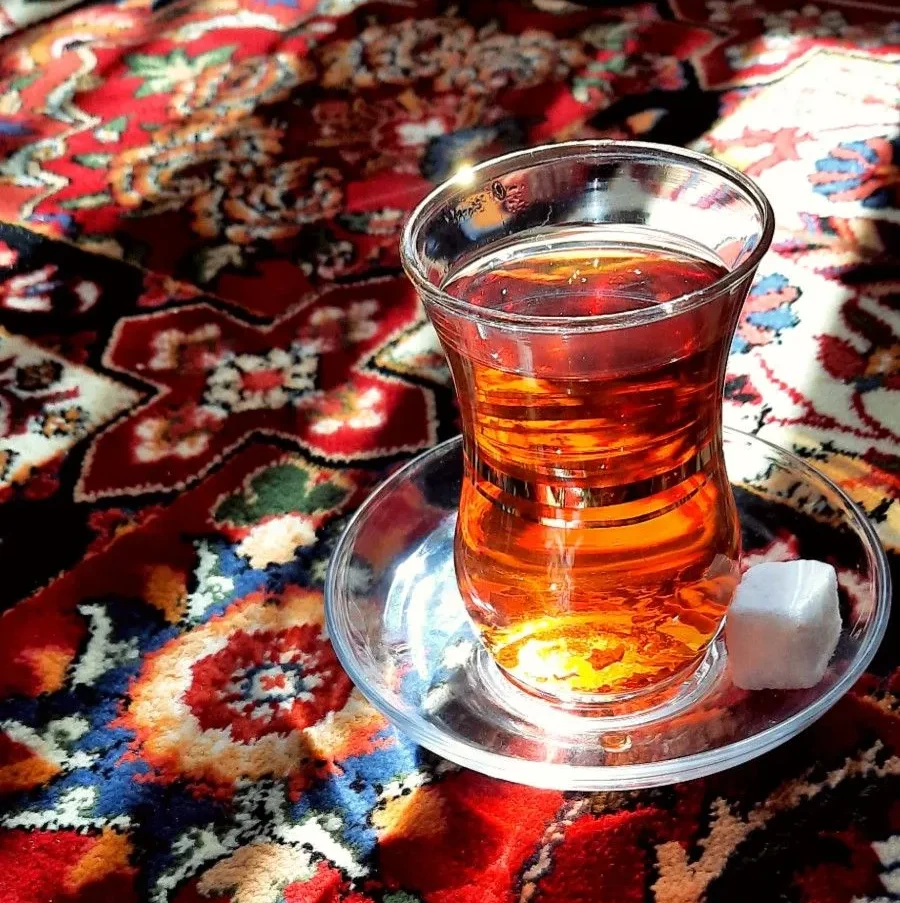
Comments